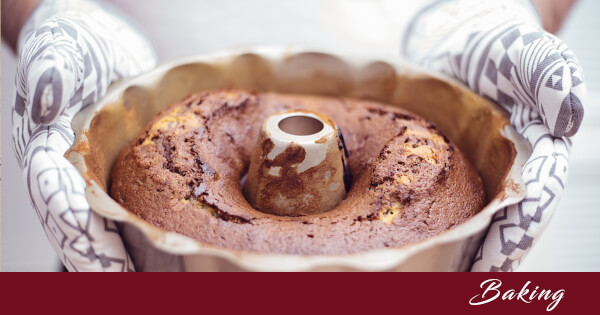As I’ve mentioned in previous DYKs, almost everything—animals, occupations, food, etc.—can have a national day. Some even get their own month. Thanks to President Ronald Reagan, ice cream has both. In 1984, he designated July as National Ice Cream Month and the third Sunday of July as National Ice Cream Day. So, what could be sweeter than an Ice Cream DYK?
U.S.
No one’s sure exactly when or how ice cream made it to the U.S., but it likely happened in the early 1700s brought by European settlers. However, until 1800, only the rich and elite enjoyed this rare and exotic dessert. With the invention of insulated ice houses around 1800, this began to change. The manufacturing of ice cream soon became an industry, and U.S. manufacturer C. Jacob Fussell—later known as the “Father of the Ice Cream Industry”—led the way as the first person to commercially distribute ice cream in the U.S.
Did You Know…
- The first account of ice cream in the U.S. is from a 1744 letter. The first ad for it was in New York in 1777.
- During the summer of 1790, President George Washington spent about $200 on ice cream, and in 1813, during President Madison’s second inaugural banquet at the White House, his wife Dolley served “a magnificent strawberry ice cream creation.” However, she preferred oyster ice cream made with the Potomac River’s small, sweet oysters.
- In 1909, C. Jacob Fussell’s Ice Cream factory produced 30 million gallons of ice cream. In 2022, U.S. ice cream makers churned out 1.38 billion gallons of ice cream.
Innovations
Both technical and creative innovations changed the ice cream industry. Ice cream branched out. It wasn’t only for a bowl or cone. It became portable, in sandwiches and on sticks. After a Philadelphia pharmacist created the first ice cream soda in 1874, the soda fountain and its “soda jerk” job were created. Other innovations followed, including edible ice cream cups, Sundaes, soft-serve ice cream, and milkshakes—originally promoted as health drinks.
Did You Know…
- There were more than 100,000 soda fountains (mostly in drug stores) in the U.S. in 1922. They served up various forms of ice cream treats and had approximately one billion in sales.
- A soda fountain in Aspen, CO, took advantage of a prohibition law allowing drugstores to sell alcohol for medicinal purposes. They created a cocktail of ice cream laced with bourbon.
- No one knows who “invented” the ice cream sundae. One of the three most popular probabilities comes from the Midwest, where blue laws once prohibited selling soda water on Sunday. In response to this law, and to get around the religious criticism of eating “sinfully” rich ice cream sodas on Sunday, local soda fountains began selling ice cream sodas without the soda. The resulting ice-cream-and-syrup-only combination became known as the ice cream sundae.
Today
During prohibition, eating ice cream often replaced drinking liquor. This explains much of the estimated 40% growth in ice cream consumption experienced from 1920-1929. Then the Great Depression hit. And hit hard. Add to that the repeal of Prohibition and the ice cream industry struggled. Milk and sugar quotas during World War II didn’t help. But ice cream couldn’t be kept down forever, and the industry surged again after the war.
Today, not only do more than 90% of Americans eat ice cream, but they eat more of it than anyone else in the world.
Did You Know…
- Ice cream became an edible morale symbol during WWII.
- The federal government regulates the most critical ingredient in ice cream—milkfat. Regular ice cream must have at least 10% milkfat. Ice cream labeled as gourmet or super-premium must contain at least 12%, but usually has more.
- Today’s ice cream industry supports 28,800 direct jobs, generates $1.8 billion in direct wages, and impacts the U.S. economy to the tune of $13.1 billion.
- The average American consumes between 12-23 lbs. of ice cream per year. (Stats vary depending on the survey.)
- March through July are the busiest months for ice cream production.
- A 2022 International Dairy Foods Association survey found Chocolate to be Americans’ favorite flavor of ice cream. Vanilla was third, behind Cookies ’n Cream.
- The state of California loves ice cream the most, followed by Oklahoma. (Texas is #13 and Tennessee is #28.) The state that likes ice cream the least is Minnesota with the next to last being Alabama. (Alaska is fourth from the bottom, but, surprisingly, southern states dominate the “like it least.”)


Ask your Dad and Mum about New Zealand ice cream. Its regarded as the best in the world. And, yes, I eat my share of it.
Over the years they’ve often talked about how good it was. Too bad you couldn’t bring some of it when you visited. I hope to try it myself sometime in the future. Lol